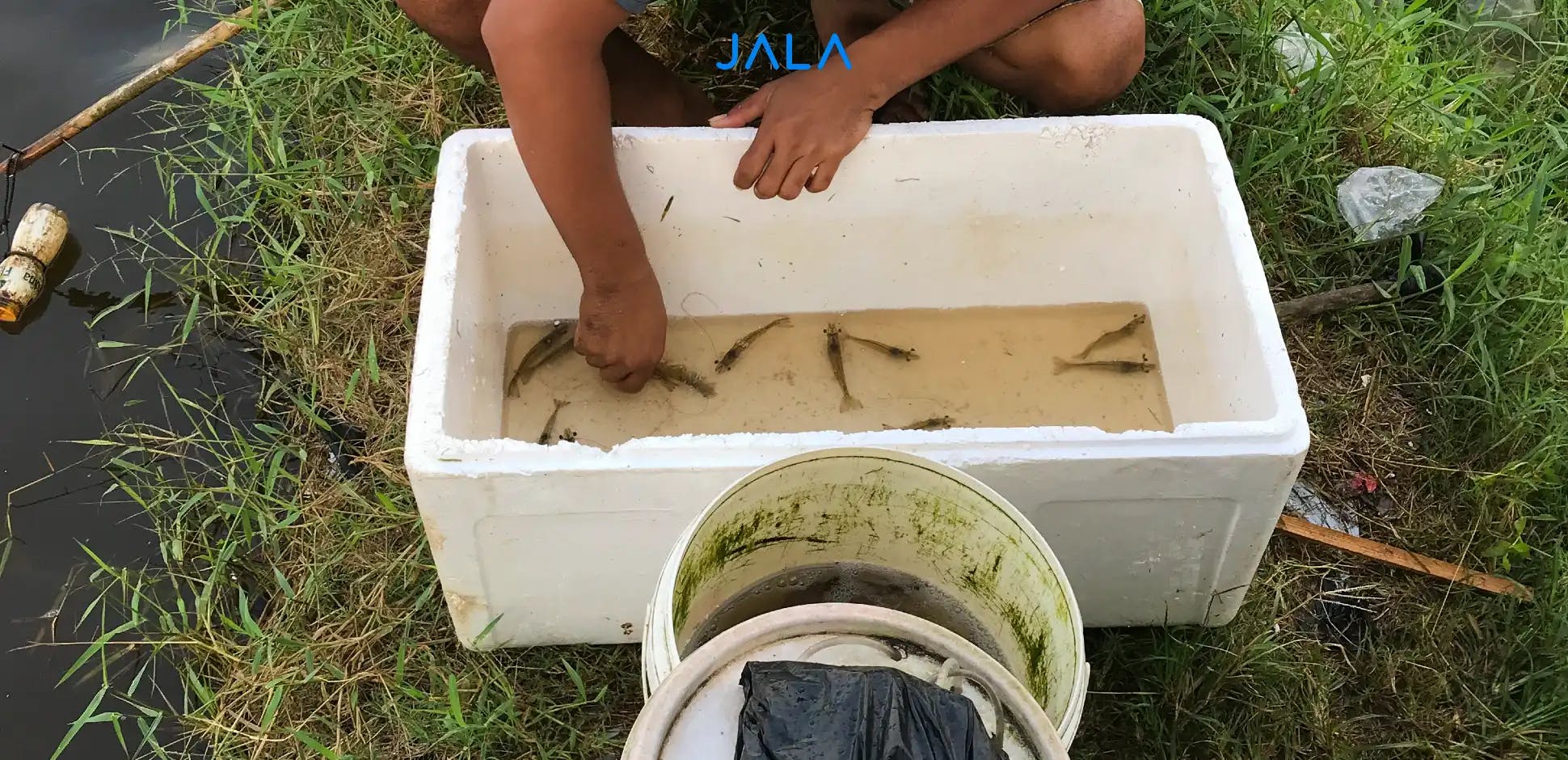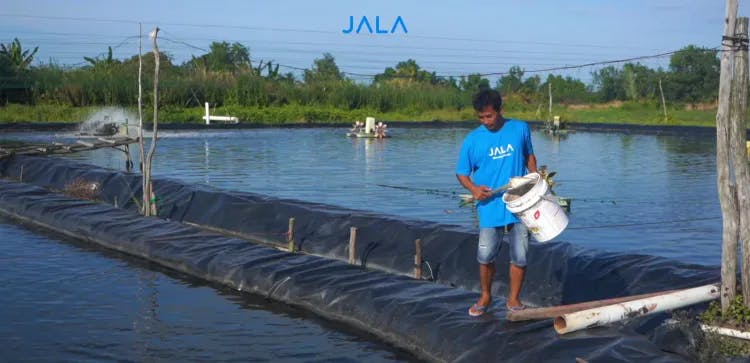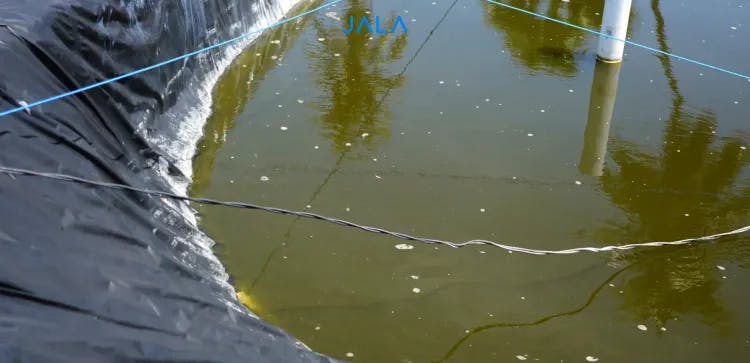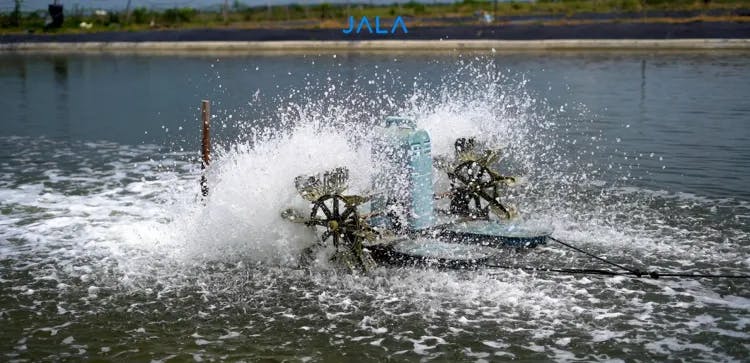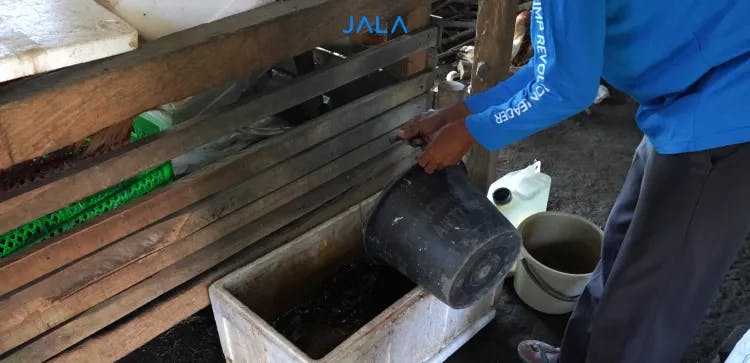Shrimp ABW is one of the cultivation parameters that needs to be monitored regularly. This parameter, also known as MBW, helps farmers in tracking the growth of shrimp in ponds.
By understanding what shrimp ABW or MBW is, farmers can measure shrimp weight gain, evaluate cultivation management, and assess the effectiveness of feeding in one cycle. If shrimp growth is faltered, farmers will be able to provide appropriate treatment immediately or reorganize cultivation and feed management.
Then, what is shrimp ABW or MBW? Read more in the discussion below.
What is shrimp ABW or MBW?
Shrimp ABW, or Average Body Weight, is the average weight of each shrimp in one plot that is calculated within a certain period. Meanwhile, MBW stands for Mean Body Weight and has a similar definition to ABW, namely the average weight of each shrimp.
The higher the ABW or MBW value of the shrimp, the better the shrimp will be able to absorb feed. A high ABW or MBW value indicates that the protein needs in the shrimp's body are met and dissolved oxygen in the pond is sufficient.
In addition, shrimp ABW or MBW is also related to ADG (Average Daily Gain) or the average daily weight gain of shrimp. To find out the ADG value, you must first calculate ABW or MBW.
How to Calculate Shrimp ABW/MBW?
Shrimp ABW or MBW can be identified through random sampling. This activity can be done by using feeding trays or nets at several points in the same pond. Following the sampling process, farmers will usually weigh the shrimp samples and calculate the ABW or MBW by dividing the net weight by the total number of shrimp.
However, ABW or MBW can also be calculated after knowing the number of stocked shrimp. Here is the formula for calculating the ABW or MBW of shrimp:

The Example of Shrimp ABW/MBW Calculation
To make it easier for you to understand the formula, see the example of how to calculate shrimp ABW/MBW below.
Mr. Jali found that the total net weight of his shrimp was 300 grams with a total stock of 100 shrimp. He calculated the ABW/MBW of his shrimp in the following way:
ABW/MBW = shrimp net weight (grams) / number of shrimp (shrimp) ABW/MBW = 300 grams / 100 shrimp ABW/MBW = 3 grams/shrimp
Based on the calculation, the ABW/MBW or average weight of Mr. Jali’s shrimp is 3 grams/shrimp.
Conclusion
Shrimp ABW or MBW is the average weight of each shrimp in one plot calculated within a certain period. The value is obtained by dividing the net weight of shrimp (grams) by the number of shrimp (shrimp).
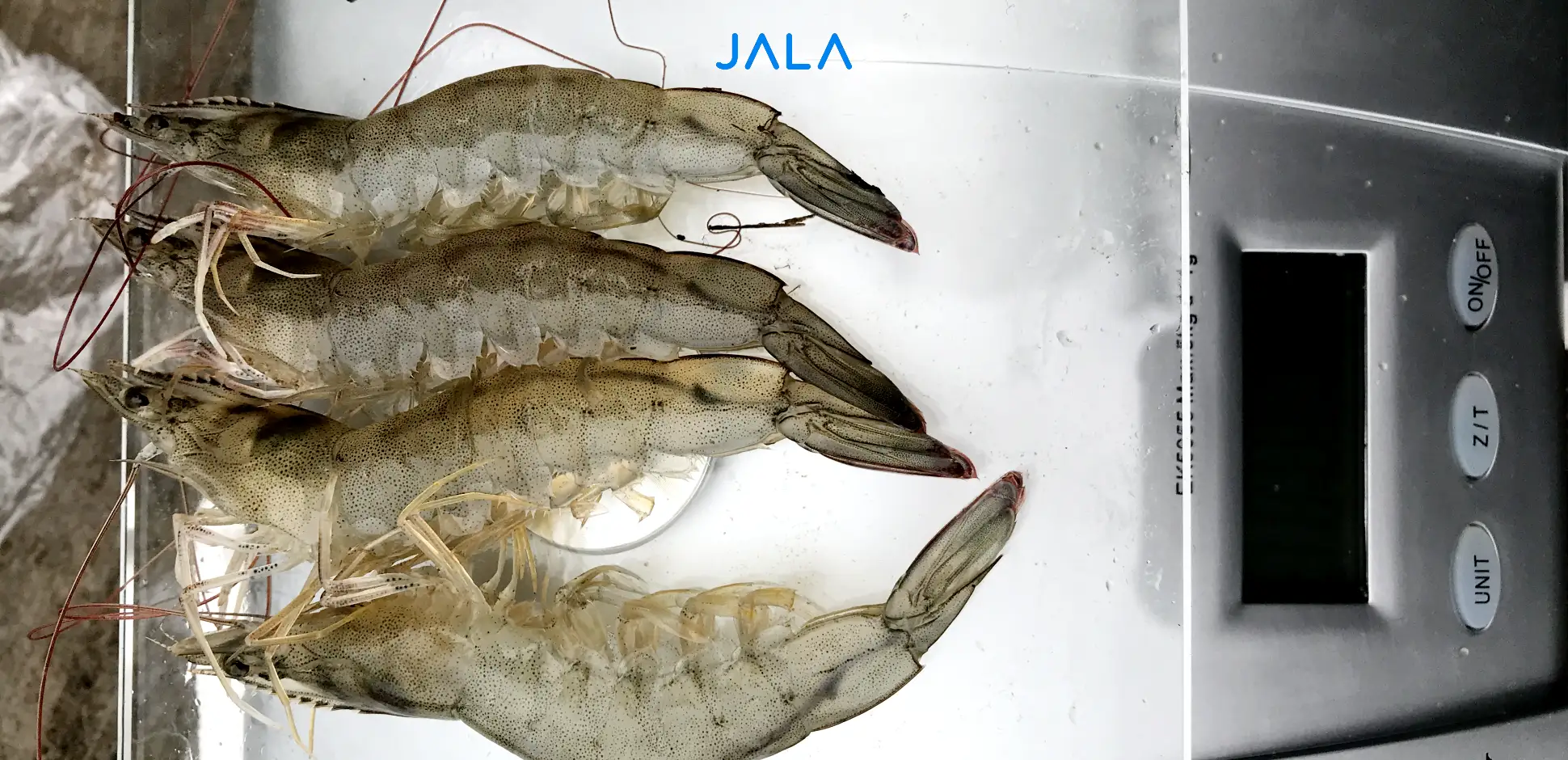
To ease the monitoring of your shrimp ABW/MBW, you can record it in JALA App each time you do sampling. This pond management application is #HeretoHelp you and allows you to record more than 40 cultivation parameters, including water quality, feed, and disease.
Let's cultivate productively and efficiently with JALA App! Download the app on Google Play Store or App Store.
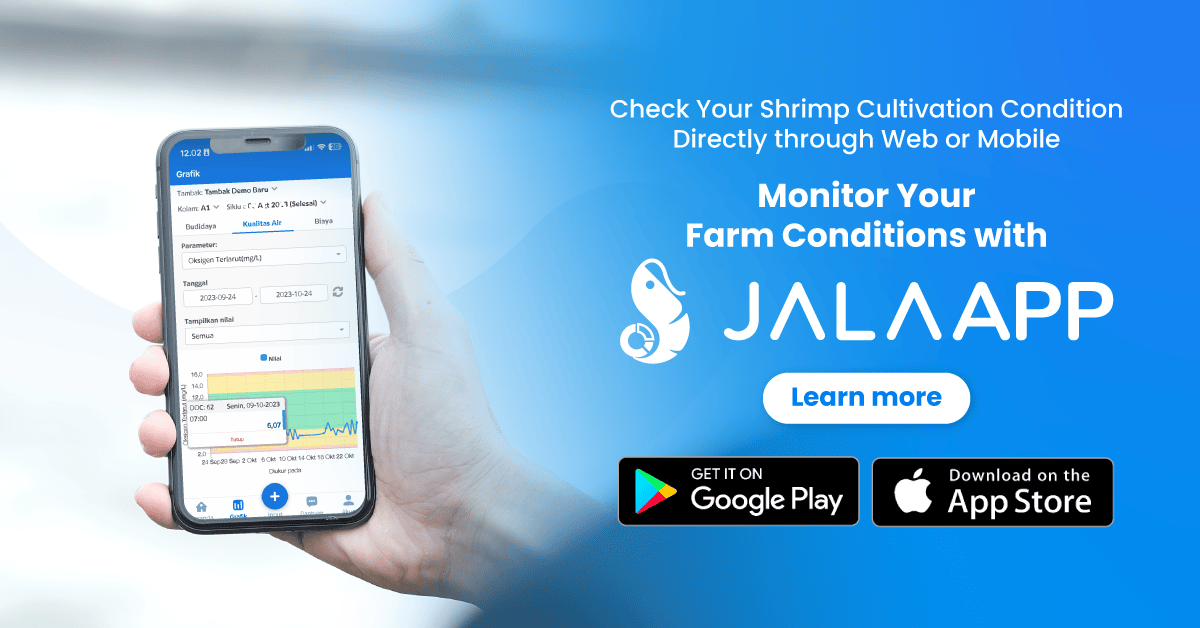
References
Oktaviana, A., Febriani, D. (2022). Tingkat Pertumbuhan Udang Putih Litopenaeus vannamei dengan Pemberian Tepung Batang Pisang melalui Pakan. Jurnal Sains dan Inovasi Perikanan, 6(2), 130-134, http://dx.doi.org/10.33772/jsipi.v6i2.75
